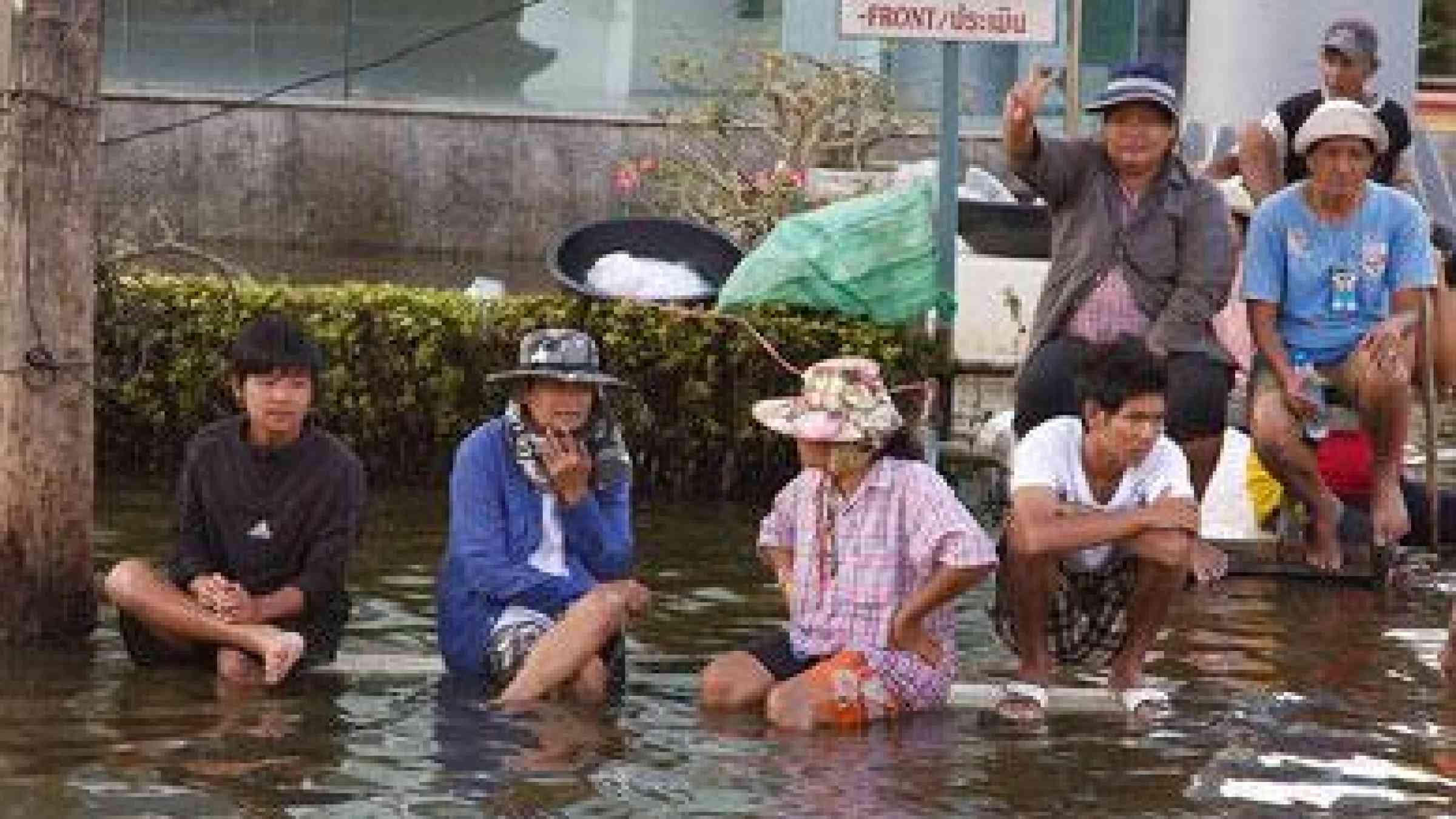'We are ready' - World Vision Thailand

By Jay Mijares, World Vision Thailand, Communications
“I have to bring my books, lamp, flashlight, and school materials up to high level before the flood comes,” says 11-year-old Thanapon.
Thanapon, along with the other children in Aranyaprathet, attended a disaster risk reduction (DRR) training from World Vision. They were instructed to stay with their parents and to never go out alone during the floods. They were also taught how to protect themselves from illness during a flood.
Adults also took part in workshops which are part of World Vision Thailand's rehabilitation and DRR project in the area to build community resilience during disasters. Income-generating activities were also incorporated in the training to give families alternative means to earn income.
The project has three components - supplementary livelihood, rice seeds distribution, and a DRR training. "We helped affected families with livelihood opportunities; provided village farmers with rice seeds, and conducted a training-of-trainers to community leaders and teachers so they can disseminate the information to neighbors and students," says Sunantha Tingtang, Aranyaprathet Area Development Programme Officer. A first aid and health checkup simulation drill was also among the significant capacity building elements of the training.
Community sees the benefits of DRR
As part of the project, World Vision provided booklets that describe what to do before, during, and after the floods.
"The villagers formed a network with the sub-district administrative organization as part of the workshop,” said Theerawut Worachat, Humanitarian Emergency Affairs Operations Coordinator of World Vision Thailand.
The community had no early warning device or disaster preparedness plan prior to the training. “We helped the villagers make these two aspects work to reduce loss." Theerawut added.
The community identified the most vulnerable areas for flooding and specified the assembly spots and temporary shelters. The training encouraged the sub-district administrative organization realise the importance of a disaster plan which was once merely considered a piece of paper submitted for compliance.
“Our village is flooded once or twice a year. We learned to prepare essential items like bedding, food, drinking water, and flashlight. If the floods come again, we will overcome and never allow our children to be harmed. We now know that we have to shut down electricity first when the water comes to keep us and our children safe. I believe that we are ready to face the floodwaters,” declared Mrs. Songka Namkayen, a village volunteer.
Livelihood supports the vulnerable
Flood-affected families were supported with alternative livelihood to recover from the earlier devastation. “We received 27 chickens and relief supplies from World Vision," reported Thanapon. His mother sold eggs and chickens in the market and set aside a part of the earning for his son's school fees and supplies.
Thanapon's community relies mainly on agriculture for a living. Rice farms were damaged and crops were lost. To recover their loss, World Vision constructed a village rice bank where each member received 196 kilos of rice. Members are expected to return 196 kilos of rice during harvest which is their initial investment. They also gave 200 Baht each for the rice savings fund which they can use when needed.